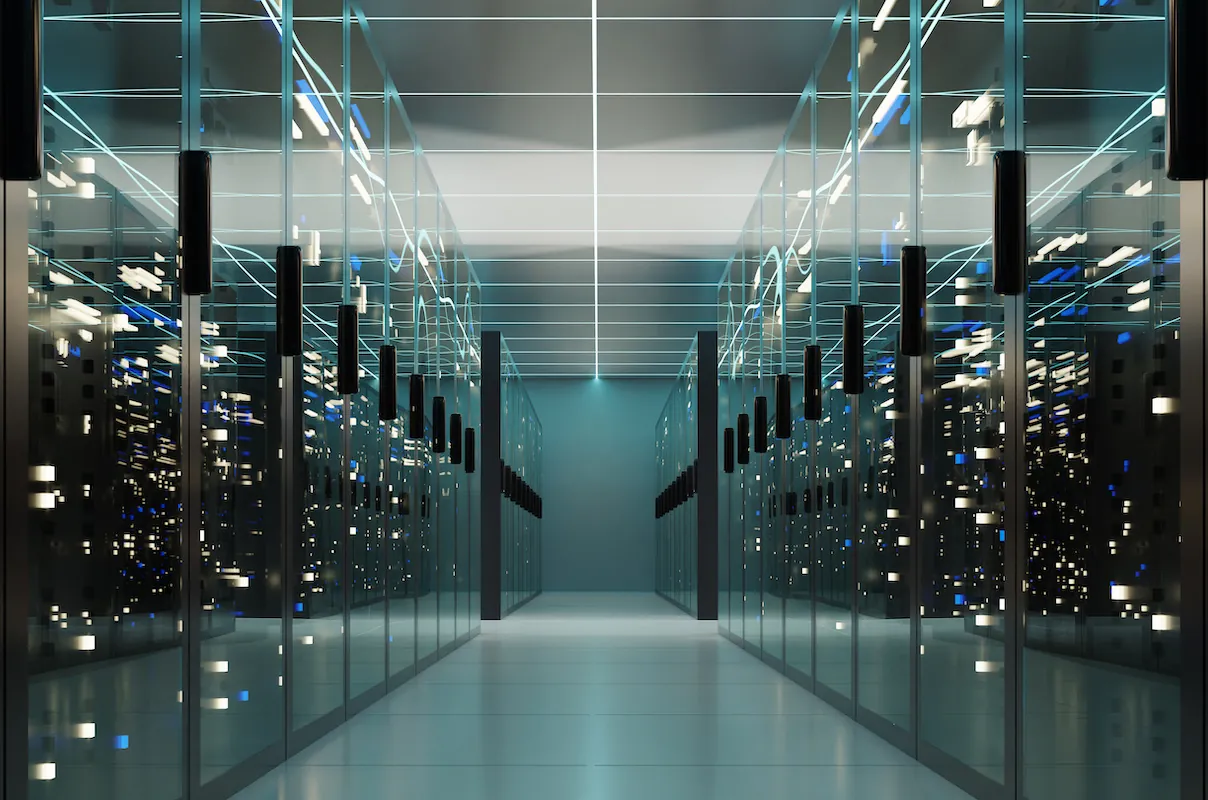Roundtable: Top Data Center Trends and Predictions to Watch for in 2023 – Part 219 min read

The last few years have been a rapidly changing, eye-opening experience for many organizations. Outside of the many post-pandemic predictions out there, leaders in the data center and technology space have quickly learned what works and what doesn’t to support a largely distributed business and end-user workforce in our increasingly digital world. This has led to the rise of many new technologies and processes for organizations of all shapes and sizes. As we move forward, our industry is serving as the backbone to the digital change required by these new technologies and processes, and we can expect even more change and innovation to occur in the coming year.
This year, we’re publishing our annual data center trends and predictions in a multi-part roundtable series, each headlined by one of our valued blog contributors. In today’s installment, Drew Robb shares his thoughts for 2023:
1. More supply chain woes. The last two years have seen great disruption of global supply chains. Data centers have been particularly impacted due to delays in items such as cabling, laptops, networking gear, semiconductors, and other key components. Similarly, those building new data centers or expanding existing ones have run into delays or unavailability of construction materials. The bad news is that these supply chain woes will continue in 2023. China is in the midst of simultaneous COVID-19, labor, and finance crises. That is slowing down traditional supply chains as so many goods and services run through China. There may be a long-term trend towards more localized supply chains. But that will take years, and maybe a decade to fully evolve.
2. Higher prices. Many data center managers have noticed prices increasing steadily for components and equipment. 2023 will see more of the same. Oil prices remain high which has pushed up transportation charges. Inflation is unrelenting. Price rises are cascading across the supply chain. Conflict in Ukraine hasn’t helped. It has impacted markets as diverse as oil and gas, copper wire, fertilizer, grain, and other materials. A scarcity in one would create inflationary waves. But all at once spells pricing shocks and continued inflation. Data center managers shouldn’t expect prices to come down in 2023. In fact, they should factor in the likelihood of further price hikes.
3. Sustainability pushback. Sustainability initiatives and mandates are everywhere. Enterprises have largely gotten behind the net-zero program. They have promised all kinds of reductions in their carbon footprint. International, national, state, and local governments are heavily involved, issuing stringent rules for emissions. The problem is that many of these targets are unrealistic. It is one thing to proclaim a 50% cut in greenhouse gases (GHGs), carbon footprints, methane emissions, and fossil fuel consumption. But it is quite another to deliver. With the pressure ramping up to achieve climate change goals, data center managers are likely to find themselves being required to meet strict environmental requirements if they wish to win contracts, obtain financing, or have licenses granted/renewed. Just about everyone wants progress on sustainability but few are willing to pay more it. Data centers are expected to deliver on these goals without due consideration being paid to the economics of the situation. Some might balk. A few might relocate from areas of strict sustainability demands. Others might question the economic viability of co-funding renewable energy projects or signing long-term contracts to obtain green energy. Data center managers can look forward to an interesting year as legislators continue to issue targets impacting them that may be difficult, and in some cases, unlikely to achieve.
4. Personnel challenges. Talent is harder to come by than ever. Whether due to the graying out of the workforce (vast numbers of data center personnel hit retirement age between 2021 and 2025), the new generation not being keen to work in a data center (or do shifts), or hyperscalers and large enterprises being willing to pay more for the best resources, data center positions have become more difficult to fill. Recent layoff waves among tech companies may help. But in these inflationary times, data centers may be subjected to hiring freezes until things settle down. Thus, data center managers will need to be more creative and more flexible on the personnel front. In a few cases, it may even be possible for some functions to be performed remotely. It might be also wise to drop insistence on degreed candidates only. Internal training programs may prove more fruitful than looking for a well-credentialed and highly experienced storage manager or hardware maintenance specialist. Skills such as AI, cybersecurity, and cloud management are in such high demand that data centers will face stiff competition.
5. Power problems. Many people have been shocked at the amount of their recent household energy bills. In parts of Europe, the increases are massive. California is also undergoing an energy cost crisis. Data centers are feeling the strain, too. As insatiable consumers of power, many are growing concerned about out-of-control energy costs. But bigger bills are not the only problem looming on the power front. Its availability is in question in some areas. Europeans are experiencing disruption in the wake of continuing Russian aggression and shortages of gas to fuel their power plants. California has been instituting rolling blackouts every summer, and situations is worsening. The governor recently instructed people to not plug in their EVs due to grid constraints. How about the North Virginia data center corridor, which has the highest concentration of data centers in the world. That very fact means there is tension in the area as the local grid can hardly handle the load. The locals don’t want any more data centers. But more are coming and they will be bigger and more power-dense. Data center managers, therefore, should expect far more wrangling than usual in 2023 over power availability and containment of costs.
6. Higher density racks. Despite ongoing issues with power availability, higher density racks are inevitably coming to some data centers. This won’t be an across-the-boards trend. High density only makes sense where there is an economic case for it, where the data center has the space and infrastructure to accommodate it, and where there is plenty of customer demand. Racks full of ASICs and GPUs will be used to serve high-performance computing (HPC), AI, and other heavy duty use cases. Some customers will request 80 kW, 120 kW, and perhaps as high as 200 kW racks. Not everyone will be able to deliver. Whether due to power unavailability, inadequate cooling potential, or lack of space for supporting infrastructure, highly dense racks are not feasible in a great many existing data centers. Some do possess the necessary infrastructural prerequisites. If they can find the customers and the economics make sense, they will boldly go where no data center has dared to go before on the rack-density front.
The industry's easiest to install containment!
AisleLok® solutions are designed to enhance airflow management,
improve cooling efficiency and reduce energy costs.
The industry's easiest to install containment!
AisleLok® solutions are designed to enhance airflow management,
improve cooling efficiency and reduce energy costs.

Drew Robb
Writing and Editing Consultant and Contractor
0 Comments